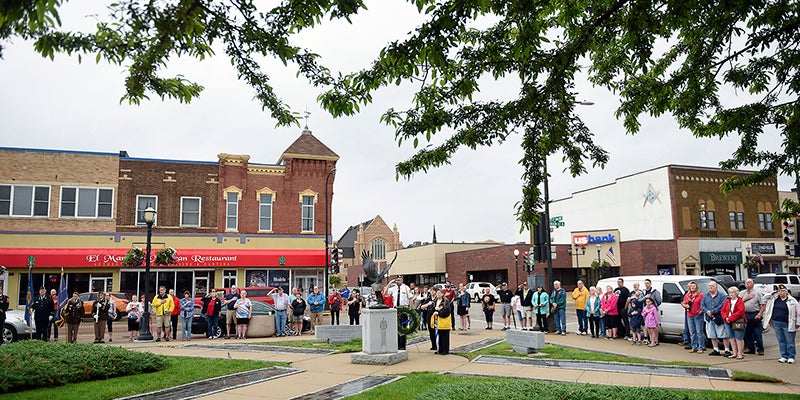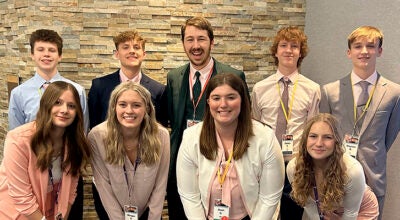U find could be key to cancer
Published 10:18 am Thursday, February 7, 2013
Scientists say the enzyme might cause cell mutation in breast cancer
Scientists at the University of Minnesota say they have discovered an enzyme that could play a key role in causing the majority of breast cancers — and possibly other cancers as well.
The discovery, reported Wednesday in the prestigious journal Nature, could pave the way for better ways of diagnosing and treating the disease, said Reuben Harris, an associate professor of biochemistry who led the research.
The researchers found that an enzyme called APOBEC3B is the “probable source” of DNA mutations that are found in the majority of breast cancer cases.
“Mutations cause cancer,” said Harris, a researcher at the university’s Masonic Cancer Center. The enzyme appears to act like a “genetic fuel,” causing cells to mutate and turn cancerous.
If scientists can find a way to block this enzyme, he said, they may be able to slow or stop the cancer from growing.
“Hopefully, it will allow cancer researchers to develop new treatment approaches that can prevent these mutations before they become harmful,” he said.
About a quarter million women in the United States develop breast cancer every year.
While the research focused only on breast cancer, the same enzyme appears to play a similar role in “many other types of human cancer,” Harris said. “What we’ve discovered is a much more general source of mutation in cancer.”
Dr. Michaela Tsai, a breast cancer specialist at the Virginia Piper Cancer Institute in Minneapolis, called the discovery potentially “very significant” but cautioned that “it’s really too early to know.” She noted that the research so far has been done only in cell lines, not people. “It’s promising, but it would be five to 10 years at least before it would be something we could actually apply in the real world,” she said.
Dr. Matthew Goetz, a breast cancer specialist at the Mayo Clinic, agreed but said the discovery eventually could lead to earlier and better treatments. He noted that tumors with large numbers of mutations often become resistant to treatment, so preventing those mutations could save lives.
“I do think it’s a big deal,” said Goetz, who is working with Harris to study the enzyme’s effect on patients. But, he added, “there’s a lot of work to be done.”
Long a suspect
Harris said scientists have long suspected that an enzyme like this was involved in cancer. “The hard part was figuring out which one.” He said this was the first study to identify the culprit and demonstrate the link.
More than 3,000 known mutations are found in breast cancer tumors, he said. “We can say that at least half of those are due to this enzyme.”
The enzyme, known as A3B for short, is rarely found in normal breast tissue. But “something turns it on in tumors,” he said. The higher the level of enzyme, the more mutations occur.
In effect, he said, it acts like the damaging rays of the sun, which can cause mutations that lead to skin cancer. To block the sun, people use sunscreen and hats, he noted. “The challenge now that we’ve identified this molecular source is to come up with a molecular sunscreen to this enzyme.”
Born out of HIV research
Harris, who has been at the university for 10 years, said the discovery arose out of his initial research on HIV. The same family of enzymes, it turns out, causes mutations in the virus that causes AIDS, he said. His lab developed a test to study the mutations in HIV and discovered it could also be used in cancer research. He eventually partnered with breast cancer researchers at the university. “Our HIV tools really helped make this breakthrough,” he said.
Harris said more research is needed, but he hopes the discovery will offer new hope to patients by giving doctors a way to intervene sooner. He compared it to trying to stop a creek before it becomes a river.
“If you’re going to dam it, dam it at the source,” he said.




